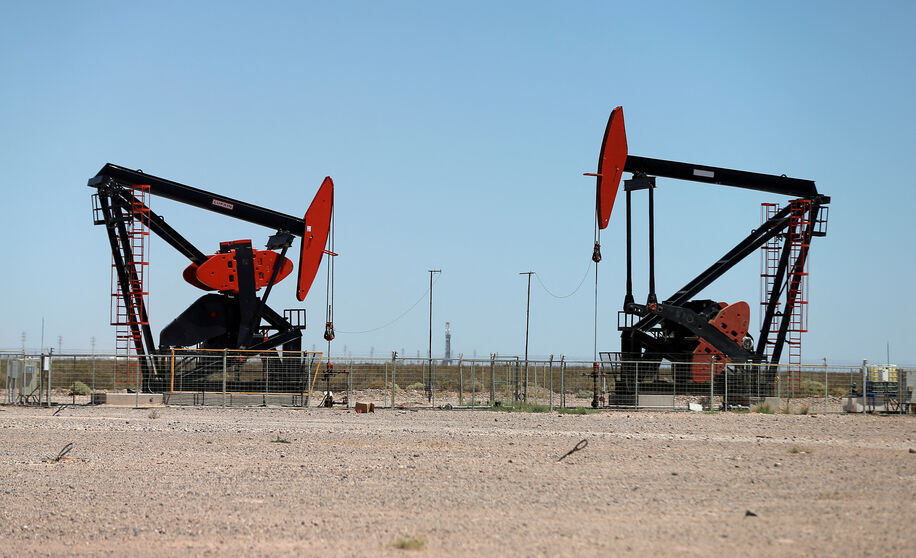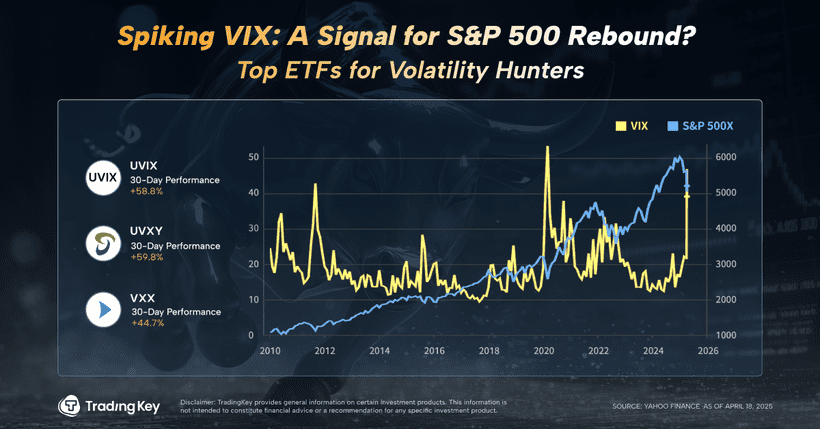WTI remains above $70.00, upside potential appears due to rising Middle-East tensions


- WTI price gained ground due to rising geopolitical tensions amid reports that Iran may attack Israel.
- Israeli intelligence believes Iran intends to launch numerous drones and ballistic missiles before the US presidential election.
- US Oil production increased by 1.5% in August, reaching a monthly record high of 13.4 million barrels per day.
West Texas Intermediate (WTI) Oil price holds steady on Friday during Asian trading hours, around $70.20 per barrel, following gains in the previous session. Crude Oil prices were bolstered by rising geopolitical tensions amid reports that Iran may be planning a retaliatory strike on Israel from Iraqi territory in the near future.
According to a Reuters report citing Axios, two unnamed Israeli sources revealed that Israeli intelligence believes Iran intends to launch an attack from Iraq, potentially involving numerous drones and ballistic missiles, possibly before the US presidential election on November 5.
Furthermore, the OPEC+ coalition, which comprises the Organization of the Petroleum Exporting Countries and its allies, including Russia, may delay its planned output increase for December by at least a month amid concerns over weak oil demand and rising supply.
Originally, the group had aimed to boost production by 180,000 barrels per day (bpd) in December, but this increase was previously postponed from October due to falling prices, according to four sources familiar with the situation, as reported by Reuters on Wednesday.
US Oil production increased by 1.5% in August, reaching a monthly record high of 13.4 million barrels per day (bpd), according to the US Energy Information Administration's (EIA) latest Oil and natural gas production report. This figure surpasses the previous record of 13.31 million bpd set in December 2023. In major Oil-producing states, Texas saw a 1.7% rise in output to a record 5.82 million bpd, while New Mexico's production climbed 2.8%, reaching a record 2.09 million bpd.
WTI Oil FAQs
What is WTI Oil?
WTI Oil is a type of Crude Oil sold on international markets. The WTI stands for West Texas Intermediate, one of three major types including Brent and Dubai Crude. WTI is also referred to as “light” and “sweet” because of its relatively low gravity and sulfur content respectively. It is considered a high quality Oil that is easily refined. It is sourced in the United States and distributed via the Cushing hub, which is considered “The Pipeline Crossroads of the World”. It is a benchmark for the Oil market and WTI price is frequently quoted in the media.
What factors drive the price of WTI Oil?
Like all assets, supply and demand are the key drivers of WTI Oil price. As such, global growth can be a driver of increased demand and vice versa for weak global growth. Political instability, wars, and sanctions can disrupt supply and impact prices. The decisions of OPEC, a group of major Oil-producing countries, is another key driver of price. The value of the US Dollar influences the price of WTI Crude Oil, since Oil is predominantly traded in US Dollars, thus a weaker US Dollar can make Oil more affordable and vice versa.
How does inventory data impact the price of WTI Oil
The weekly Oil inventory reports published by the American Petroleum Institute (API) and the Energy Information Agency (EIA) impact the price of WTI Oil. Changes in inventories reflect fluctuating supply and demand. If the data shows a drop in inventories it can indicate increased demand, pushing up Oil price. Higher inventories can reflect increased supply, pushing down prices. API’s report is published every Tuesday and EIA’s the day after. Their results are usually similar, falling within 1% of each other 75% of the time. The EIA data is considered more reliable, since it is a government agency.
How does OPEC influence the price of WTI Oil?
OPEC (Organization of the Petroleum Exporting Countries) is a group of 12 Oil-producing nations who collectively decide production quotas for member countries at twice-yearly meetings. Their decisions often impact WTI Oil prices. When OPEC decides to lower quotas, it can tighten supply, pushing up Oil prices. When OPEC increases production, it has the opposite effect. OPEC+ refers to an expanded group that includes ten extra non-OPEC members, the most notable of which is Russia.





